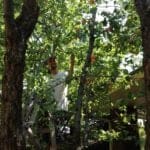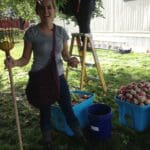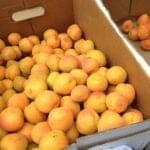Have you spotted the new truck wraps on Salt Lake City’s Sanitation vehicles?
Yes, your trash is beautiful!
We’re asking Salt Lake City residents to take a second look at the things they are throwing in the trash. Did you know that 60% of your household garbage… isn’t?
Curbside Recycling
Let’s get real, we all know that cardboard and plastic bottles should be recycled. But what about that Styrofoam, plastic bag, plastic utensils and juice carton? Well, they ALL can go in your curbside recycling bin in Salt Lake City!
Once you explore all the items that should be recycled, you’ll realize just how little should be going into your curbside garbage bin.
Here’s a fun little rhyme about the big plastic question…
Plastic number make you wonder? Throw it in the big blue bin!
Seriously, if it is made out of plastic — recycle it.
Explore all the items that can be recycled in your blue bin.
Curbside Compost
Otherwise known as the yard waste bin, or the tan can, the brown bin accepts grass clippings, twigs, branches, raw fruits and vegetables, coffee grounds, eggshells and tea bags.
Think of it as your friendly backyard compost bin, but picked up weekly!
Explore the items that can be composted in your brown bin.
The City is currently exploring our options to expand the materials excepted in the curbside compost bin, so stay tuned…
Bin Guides — Learn What Goes into Each Bin (w/pictures!)
Here are some handy flyers that outline what should go in each curbside bin. Any questions? Just ask us!














